Guardians of the Green
A Journey Through Kadalundy’s Living Sanctuary
It was just past sunrise when our boat gently pushed off from the shore, the stillness of the backwaters broken only by the rhythmic splash of oars and the occasional cry of an egret taking flight. We were at Kadalundy, a magical stretch along Kerala’s coast where the river meets the Arabian Sea, where tides blend with whispers of wind and wings.
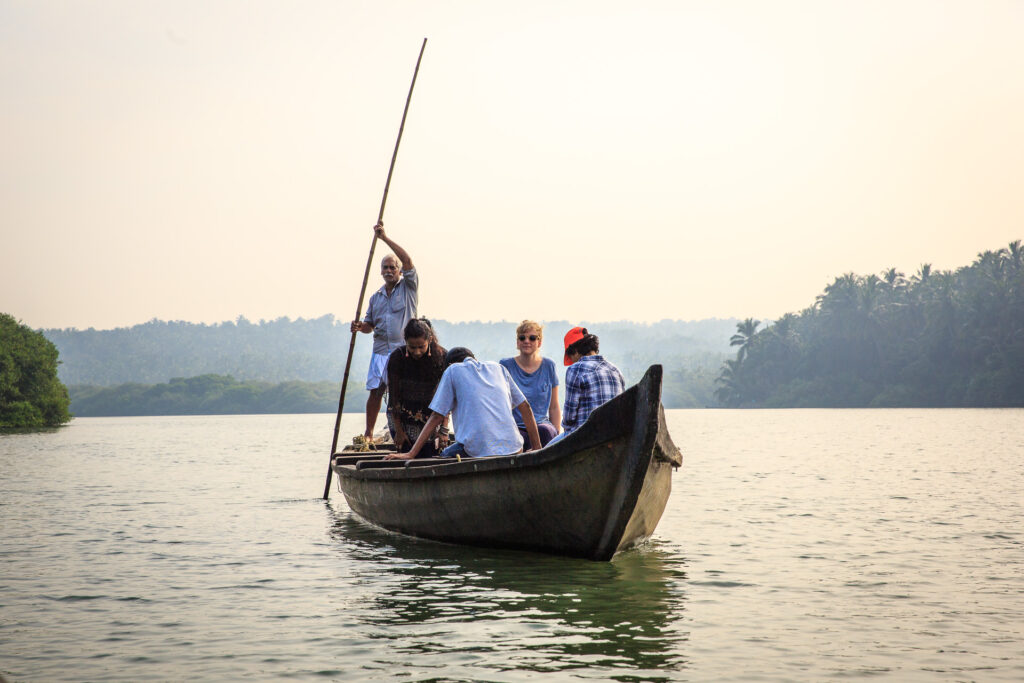
From the very beginning, the landscape felt different — not just beautiful, but alive with purpose. The sun’s golden light danced over the waters, casting long shadows of mangrove arches that lined the banks like nature’s own cathedral. Birds — painted storks, herons, kingfishers — flitted overhead or stood in still meditation, barely disturbed by our presence. It felt like a dream. But I would soon learn that this wasn’t just a sanctuary created by nature. It was shaped by the hands, heart, and hope of one man — Ayyappan.
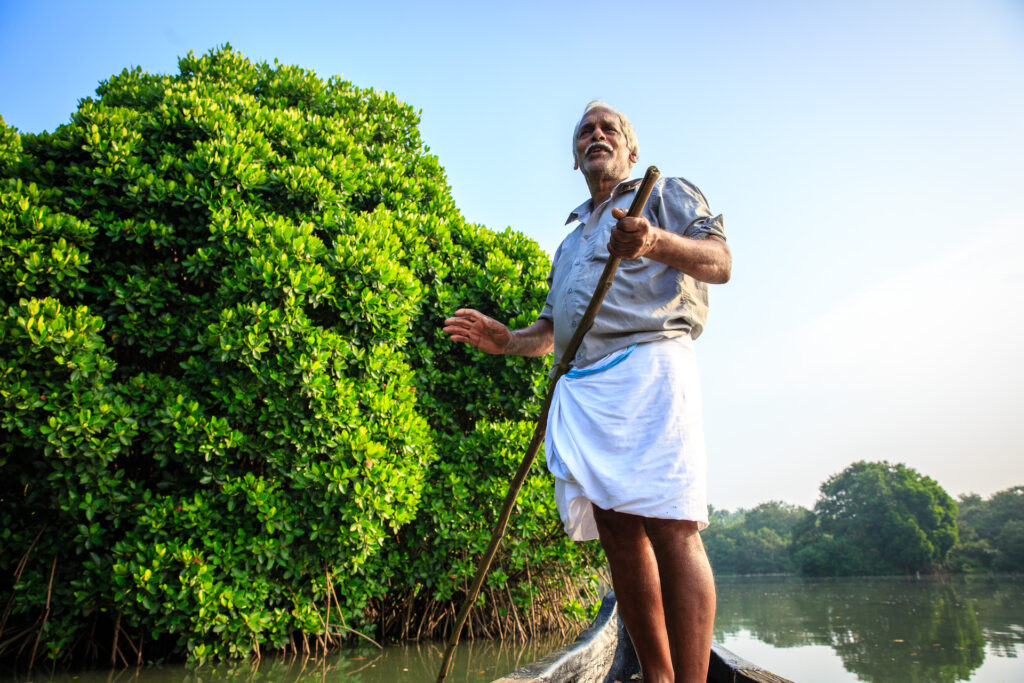
Our guide introduced him with a smile, but I already knew who he was. His story had preceded him like folklore carried on the wind — the quiet conservationist of Kadalundy. As our boat glided deeper into the narrow waterways, Ayyappan stood at the helm, pointing out not just birds or fish, but histories, memories, and quiet revolutions.
He told us how, years ago, he began planting mangroves along the banks and on the tiny river islands. It wasn’t an act of science, but one of instinct and deep-rooted love for the land. Back then, he was alone in his efforts. Some laughed, others simply didn’t understand. But he carried on — travelling to distant places to collect seeds, nurturing saplings, and patiently planting hope, one root at a time.
And then came 2004. The tsunami that ravaged parts of coastal Kerala spared Kadalundy. The mangroves he had tended for years acted as a shield, absorbing the shock, protecting the village. That day, Ayyappan’s silent resilience turned into a symbol of community pride. He wasn’t just a man who planted trees anymore. He was the guardian of Kadalundy.
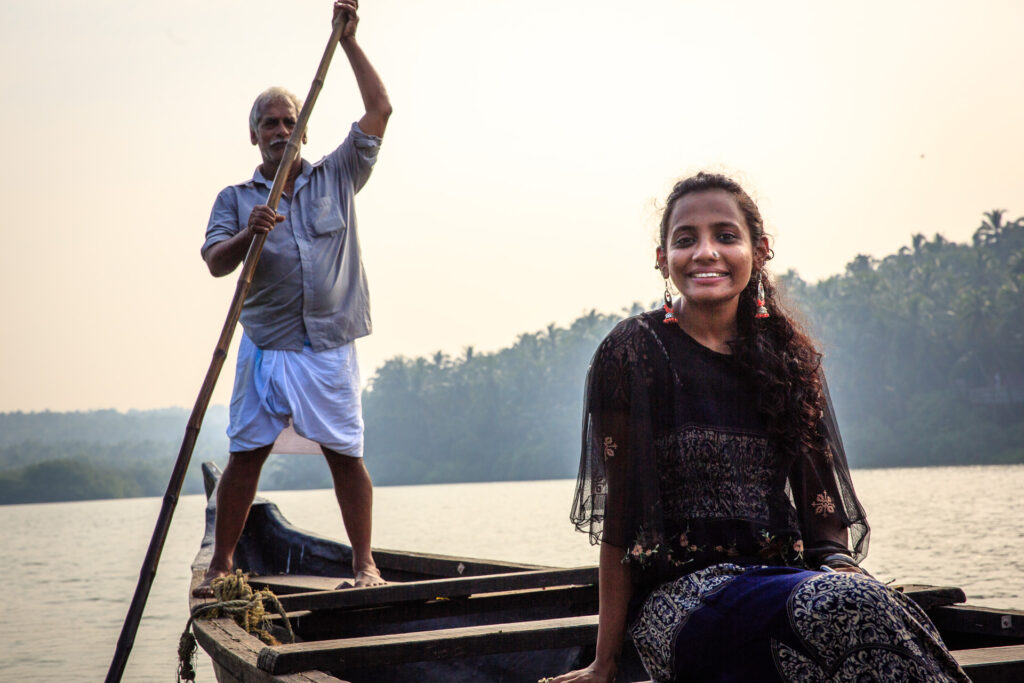
As we cruised under thick canopies of mangroves, he introduced us to their many species — Rhizophora, Avicennia, Bruguiera — each with a story of survival and symbiosis. He pointed out fiddler crabs scurrying among the roots, mudskippers lounging lazily, and birds nesting high above the tidal line. Every living creature seemed to acknowledge him with a quiet nod. This was not just his sanctuary — it was his family.
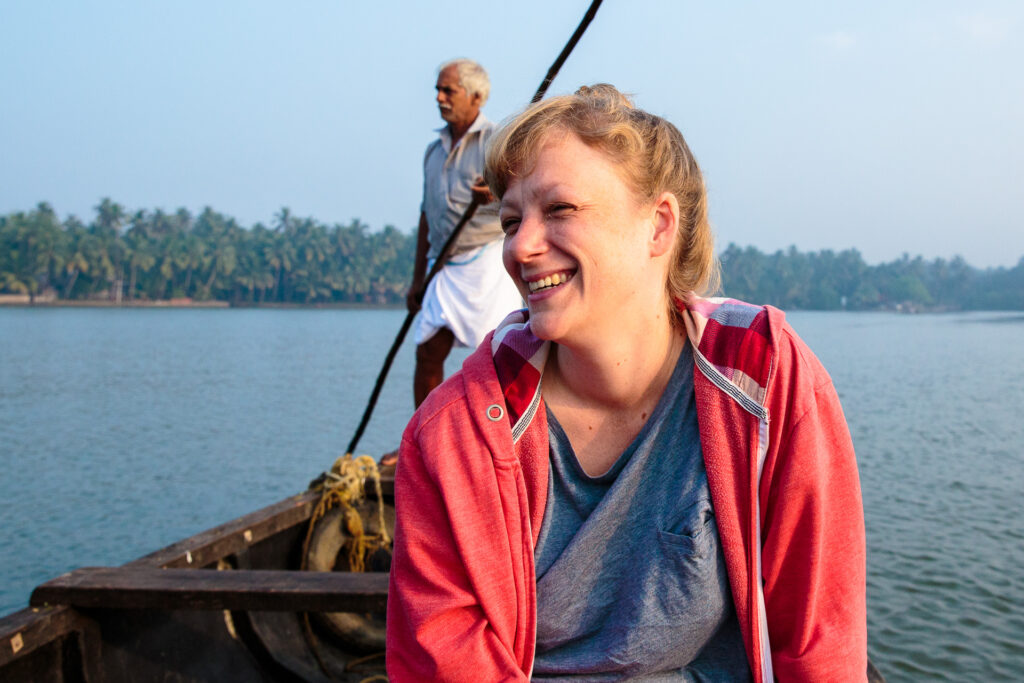
What moved me most was not just the lush scenery or the exotic wildlife, but the way the place whispered of devotion. You could feel it in the air — this was conservation not as policy or profession, but as a way of life.
Being part of Ekathra’s Natural Heritage Experience at Kadalundy wasn’t just about birdwatching or scenic boat rides. It was about listening — truly listening — to the land and to those who protect it. It was about witnessing firsthand how one person’s quiet determination can transform an entire ecosystem and awaken a community to its own responsibility.
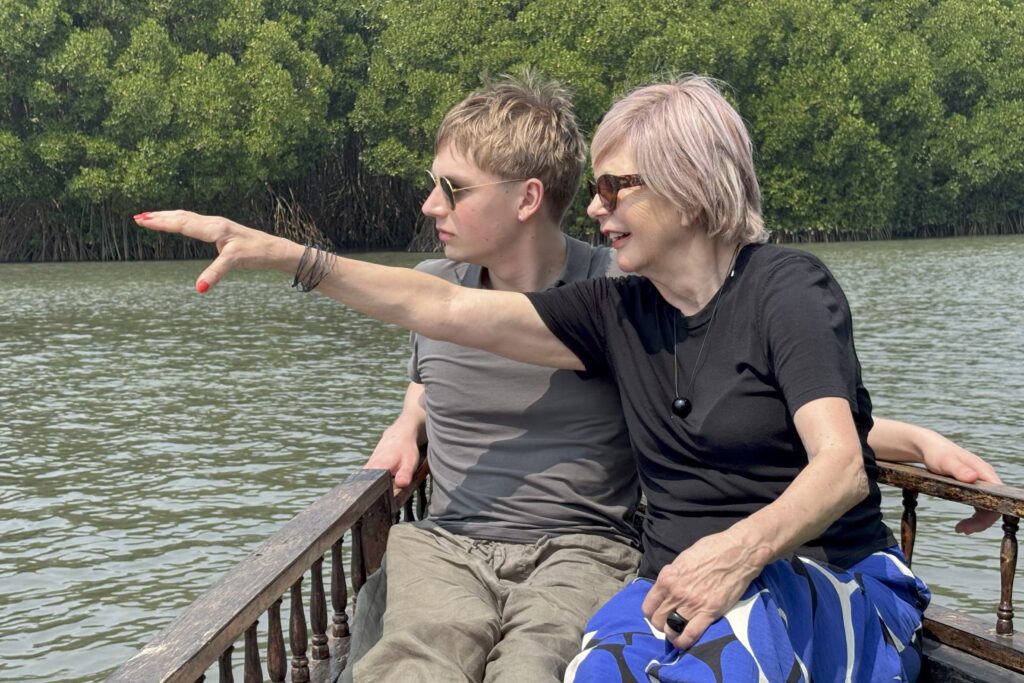
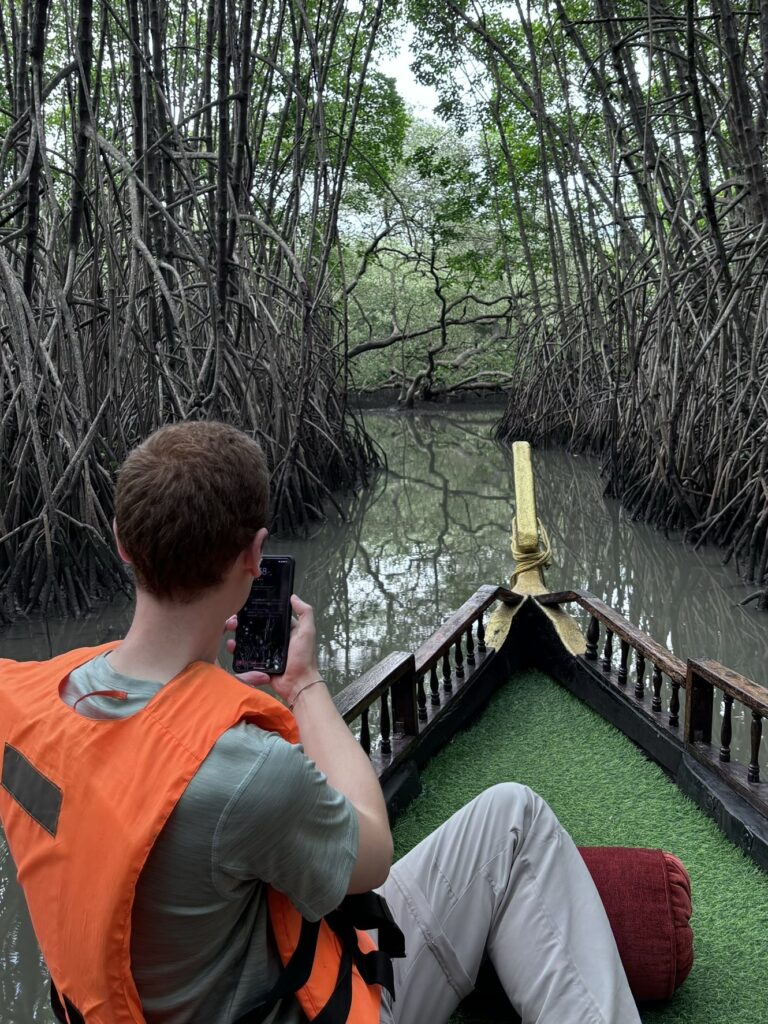
As our boat made its way back, I found myself sitting in silence. The sounds of the sea, the rustle of mangrove leaves, and the memory of Ayyappan’s voice lingered long after we returned to shore.
Sometimes, the most powerful journeys aren’t about distance, but about connection. Kadalundy reminded me that the real beauty of a place lies not just in what we see, but in the stories we carry back with us — stories of resilience, of nature, and of the power of one.